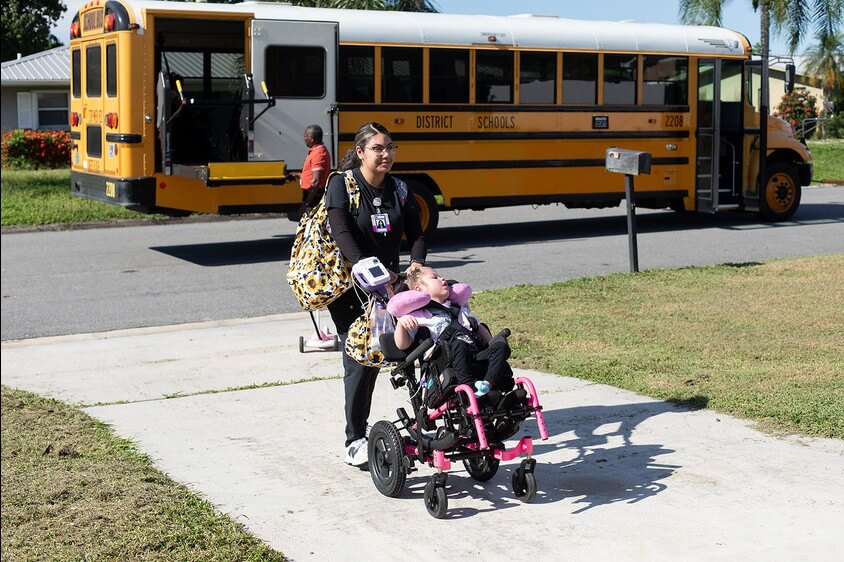What happens when your clients don’t visit the waiting room to schedule their next appointment anymore?
Well, scheduling through email or phone solves that problem, but in my experience, the nature of interactions changes when you never actually see the people you’re serving live. Different issues arise and we are removed from the client.
5 Customer Service Tips for Telepractice
Here are my five tips for interacting with online clients.
1. Keep it Professional and EXTRA Personal
Professionalism is always in order when providing a service that people are paying you for. It shows that you respect the client and builds trust that keeps them feeling good and coming back. But since they’re not visiting the waiting room, they miss out on that personal connection that lets them know you are a person/company that really cares about them on a personal level. So, my advice is to keep contact light and peppy whenever possible. If your client is a soccer fan, mention a recent win! Or if they have recently reached an important therapeutic milestone, say so! These personal touches let them know you are a real person, which makes you more approachable if they have a difficult question, complaint, or recommendation that could ultimately help you improve.
2. Convey Clear Messages
People sometimes forget confirmations they made from their mobile phone when ten other things were happening live at that very moment. And when they don’t have to make transportation plans to get somewhere because it’s an online appointment from home, it could slip their mind. Sending reminder emails one day before a scheduled appointment can remedy this. It jogs their memory and gives them ample time to prepare for a session. I have also noticed that important details can get lost when there is a long chain of emails, and assumptions can be made on both sides if emails don’t spell out the exact plan. Make sure to send a single, short email with the date, day of the week, and time (a.m. or p.m.), with a stand-out subject line (e.g., “CONFIRMATION for Your Hello Online Appointment”). You can even bold your text (or turn it purple!) which will help for quick reference if someone is digging through their email history. It doesn’t hurt to include a link to your cancellation policies and procedures as well (see number 4 below).
3. Tech Support
The last thing we want when providing online speech therapy is technical difficulties! If our clients cannot trust the system, they will be less likely to make progress and continue therapy. Before the initial session it’s a great idea to provide the client with some tech tips and resources. I like to send the link to download the software as soon as the first appointment is made. That way the client can poke around and see how the software interacts with their computer (for instance, software might look different on a Mac than on a PC). Then, I offer to do a test session with the client to further orient them to the technology. Finally, it’s always a good idea to exchange phone numbers in case something goes wrong at the last minute!
4. Be Clear About Cancellations
For some reason we have gotten more last minute cancellations with online sessions than I think we’d see as a physical clinic. This could be because an online session feels less like a solid plan to clients than a live appointment would be. To ensure you can plan your days well, serve as many clients as possible, and maintain your bottom line, make sure you have a policy in place about cancellations/missed sessions/make-ups that you state up-front. As mentioned above, include your policy (or a link to it) in your confirmation email.
5. Build a Virtual Community
In a good waiting room, people have the opportunity to meet and interact in a welcoming atmosphere that’s filled with information and resources about what they are going through. Why not create that connection and community feel virtually? Invite your clients to read and comment on your blog or join you on social media. Offer to connect clients to one another via email if you feel like they might be of support to one another. Send a monthly eNewsletter with links to information about support groups, new speech apps, testimonials, and feel-good tips. These efforts will remind your clients that they are not going through speech therapy alone and further build that bond.
I know this isn’t the most exciting topic, but I think it’s an important one! Just writing it has inspired me to change some things about how I do my job and given us some fun new ideas 🙂 How about you? Have any telepractice customer service tips to share with us? Leave them in the comments below!






